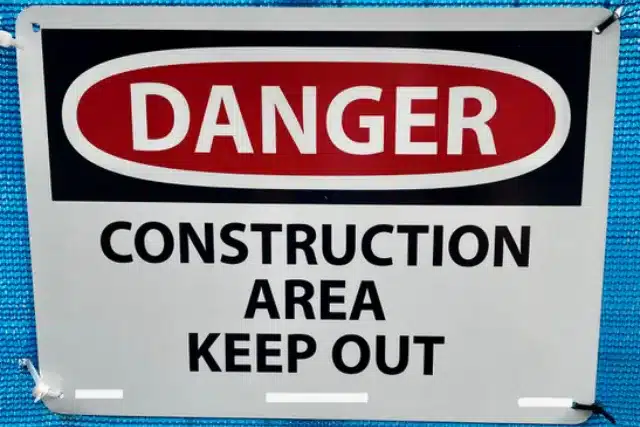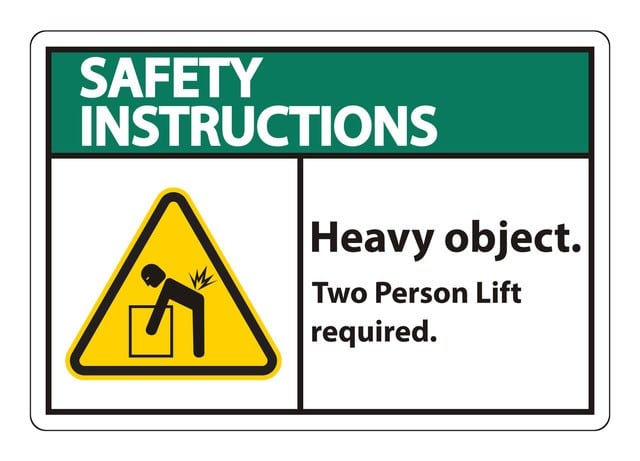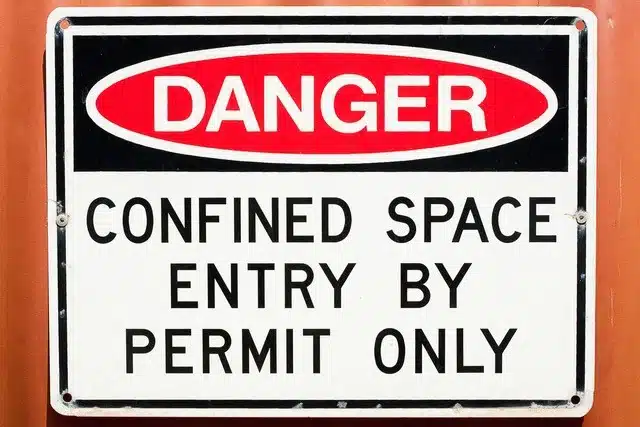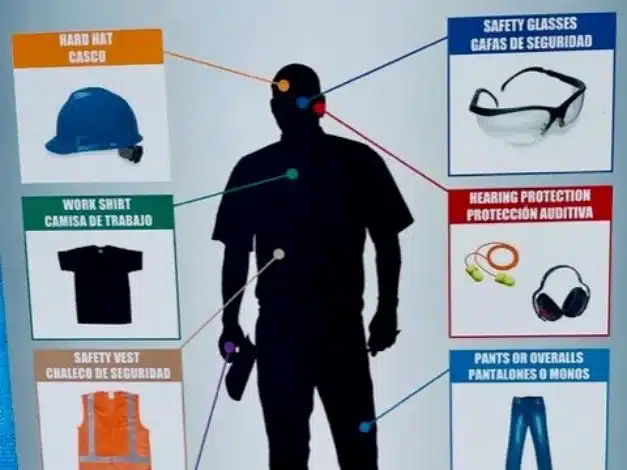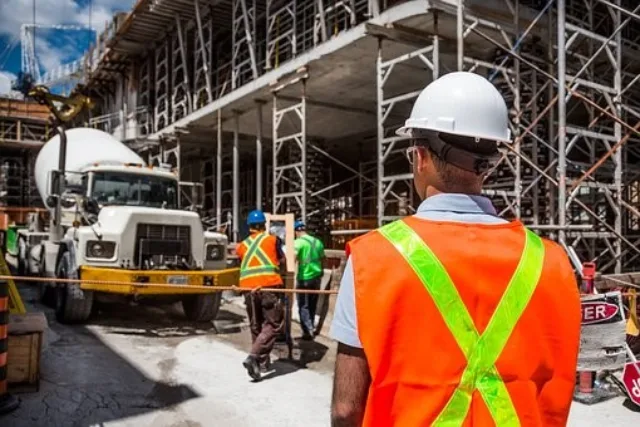Enhancing Workplace Safety Through Effective Safety Signage
Safety signage refers to visual cues, symbols, and written messages safeguarding individuals in various environments, from workplaces to public spaces. These signs provide clear and concise instructions, warnings, and information about potential hazards, ensuring that individuals are aware of their surroundings and can take appropriate precautions. By prominently displaying safety signage, organizations demonstrate their commitment to prioritizing the well-being of their employees, customers, and visitors. Moreover, safety signage helps mitigate risks, prevent accidents, and save lives. It is a constant reminder of safety protocols and procedures, fostering a culture of awareness and accountability. Effective safety signage promotes a safe and healthy environment for all, from construction sites to manufacturing plants, airports, and mining sites. These are five ways safety signage can improve workplace safety at your facility:
